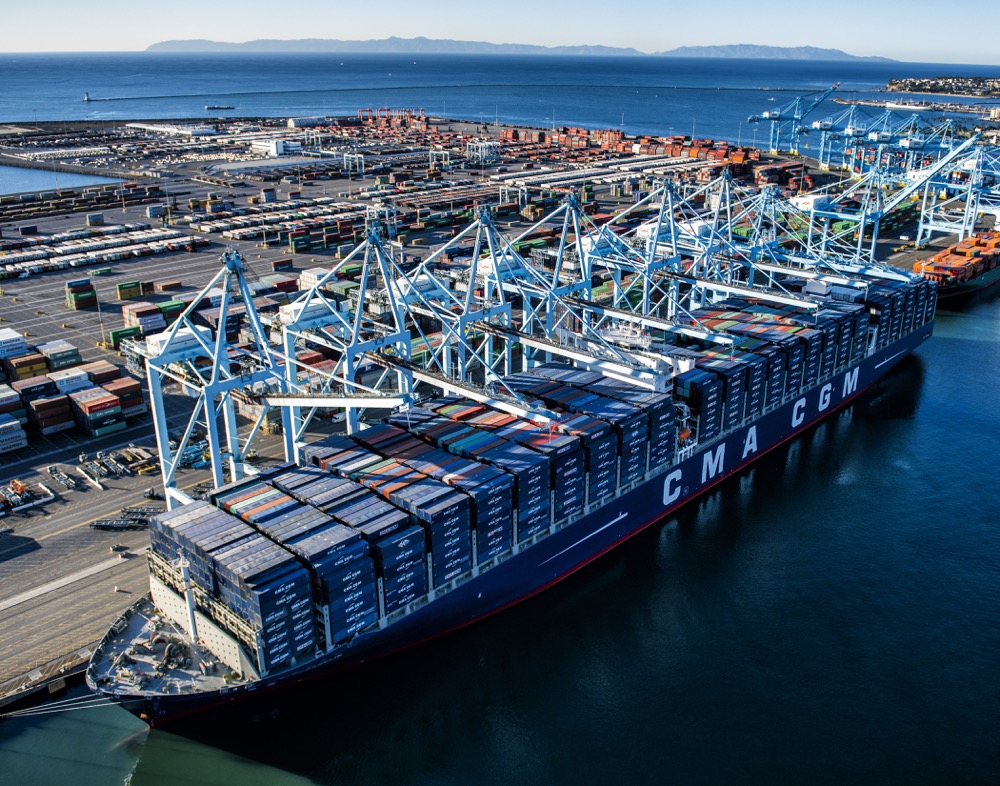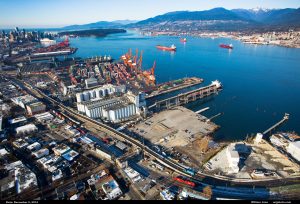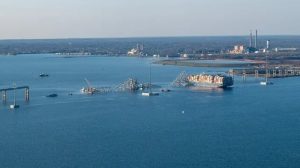With the shipping industry is responsible for about 90% of global trade by volume, governments are prioritizing the safe and secure transportation of goods to ensure economic stability and growth, stresses a large California-based information and growth consulting enterprise.
A Frost & Sullivan analysis on the global maritime port security market finds the sector is being driven by increased threats to port operations, terminal expansions and new ports, soaring traffic, and the acceleration of digitization.
A rise in surveillance spending with a large number of new port developments, especially in the Asia-Pacific (APAC), Africa, and the Middle East regions, and technology upgrades in large and established ports internationally are propelling the demand for maritime port security solutions.
As a result, the industry is estimated to hit US$9.10 billion by 2030 from $6.74 billion in 2020, a 3% upsurge in the compound annual growth rate (CAGR). Cybersecurity is expected to generate the highest revenue – $4.08 billion, followed by screening and detection at $1.69 billion, by 2030.
“Ports remain a major safety concern as a critical component of global supply chains and commerce. Any disruption at ports would affect the interconnected transportation, energy production, and manufacturing industries and have far-reaching economic consequences across a country or even a larger region,” said Aravind Srimoolanathan, industry analyst, aerospace, defense and security practice at Frost & Sullivan.
“As ports recover from the impact of the pandemic, vessel traffic is anticipated to recover within two to three years to cater to the global demand, thus encouraging ports to invest more in solutions for infrastructure safety and to handle congestion. Demand for additional software for screening equipment and its integration into the overall port security will intensify.”
Port digitization for tracking and coordination of vessels and cargo has the dual goals of lowering operational expenditure and improving efficiency, Mr. Srimoolanathan said. “Security providers must consider the best ways to optimize cargo screening and detection, surveillance, and perimeter security by deploying data analytics and artificial intelligence (AI) as they enhance existing security systems’ accuracy in identifying and thwarting threats.”
The Frost & Sullivan analysis suggests that service providers should focus on three areas to best meet port developers and operators’ needs:
- Integrated systems for effective security operations: As new technologies and applications emerge, there can be uncertainty among end users. New technologies that integrate easily, with a clear and straightforward interface that requires minimal training for security employees, will appeal to the end users.
- Managed services business model: Partnerships with governments and port operators in the nascent stages of port development projects to provide turnkey solutions and operational support services that bridge security capability gaps may prove beneficial.
- Cybersecurity of physical security systems: Vendors should combine Physical Security Information Management (PSIM) and Security Information and Event Management (SIEM) applications so physical security staff can detect secret threats, and the cybersecurity team can comprehend risks associated with the physical security system. (Photo Port of Los Angeles)





